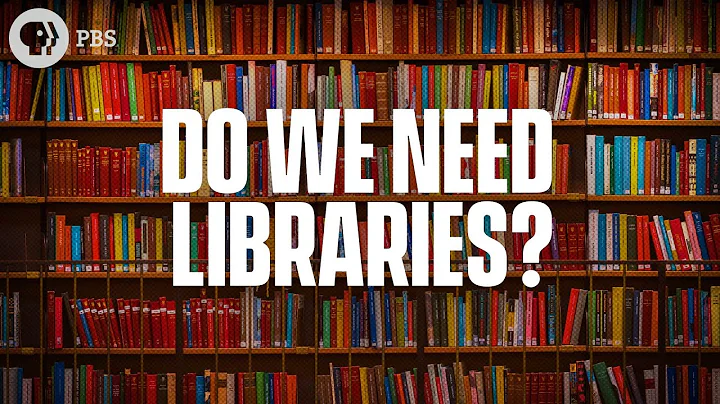How many books is considered a library?
Mr. Byers cited a common belief that 1,000 is the minimum in any self-respecting home library. Then he quickly divided that number in half. Five hundred books ensure that a room “will begin to feel like a library,” he said.
A library is a collection of materials, books or media that are accessible for use and not just for display purposes. A library provides physical (hard copies) or digital access (soft copies) materials, and may be a physical location or a virtual space, or both.
"A library is a collection of resources in a variety of formats that is (1) organized by information professionals or other experts who (2) provide convenient physical, digital, bibliographic, or intellectual access and (3) offer targeted services and programs (4) with the mission of educating, informing, or ...
| Population Size | Book Stock — Volumes per Capita | Desirable First Floor Sq. Ft. per Capita |
|---|---|---|
| Under 10,000 | 3 1/2 – 5 | .5 – .7 |
| 10,000 – 35,000 | 2 3/4 – 3 | .4 – .45 |
| 35,000 – 100,000 | 2 1/2 – 2 3/4 | .25 – .3 |
| 100,000 – 200,000 | 1 3/4 – 2 | .15 – .2 |
Those with 150-500 books
You read extensively and you have enough of a collection to provide the answers to most questions you might be asked. These readers are deeply drawn to books in a way all those others won't have experienced. The written word is essential to your everyday life and reading is your happy place.
Growing up in a home packed with books has a large effect on literacy in later life – but a home library needs to contain at least 80 books to be effective, according to new research.
Based on their research, an average of between 10,001 and 15,000 books are in common stock at all schools with over 500 students. In smaller schools, stock is typically between 1,001 and 10,000 textbooks.
- Academic Library,
- Special Library,
- Public Library, and.
- National Library.
- Librarians. ...
- Historical information. ...
- Current information. ...
- Tools to analyze information. ...
- Books. ...
- Programs. ...
- Technology. ...
- Accessibility.
“An ideal library puts users at the heart of everything. Good collaboration with academics will enable the library to offer a connected and interactive environment to support teaching and learning. “The library isacentre of information for the university community.
How many books are in a school library?
According to their research, the median total volume is between 10,000 and 15,000 books, for all schools over 500 students. Smaller schools often own between 5,001 and 10,000 copies of a book series.
The Library of Congress, founded in 1800, is a book lover's dream. With 164 million items and 1,350 kilometers of bookshelves, it's the world's largest library.

For high schools with more than 400 students, that 4 to 6 sq. feet per student be planned for the main library with an additional 1500 square feet for support areas. If video production areas were to be included, an additional 740 square feet is recommended.
How many books does a person have to own to officially be labeled a book hoarder? According to Shelfari's Compulsive Book Hoarders Group, the answer is simple: 1,000 or more.
Further Comments: The expert team behind this guide has concluded that 25 to 30 books represents a safe average estimate for how many books can fit on a single 31 inch shelf.
- Perform A Book Census. ...
- Use Your Vertical Space. ...
- Get Somebody To Curate Your Books. ...
- Make Your Library More Fashionable.
...
There are four major types of libraries:
- Academic libraries serve colleges and universities.
- Public libraries serve cities and towns of all types.
- School libraries serve students from Kindergarten to grade 12.
"The school library provides information and ideas that are fundamental to functioning successfully in today's information and knowledge-based society. The school library equips students with lifelong learning skills and develops the imagination, enabling them to live as responsible citizens."
Definition of reference library
1 : a collection of books often about a particular subject. 2 : a library that lets people use books on the premises but does not allow books to be taken out.
As gateways to knowledge and culture, libraries play a fundamental role in society. The resources and services they offer create opportunities for learning, support literacy and education, and help shape the new ideas and perspectives that are central to a creative and innovative society.